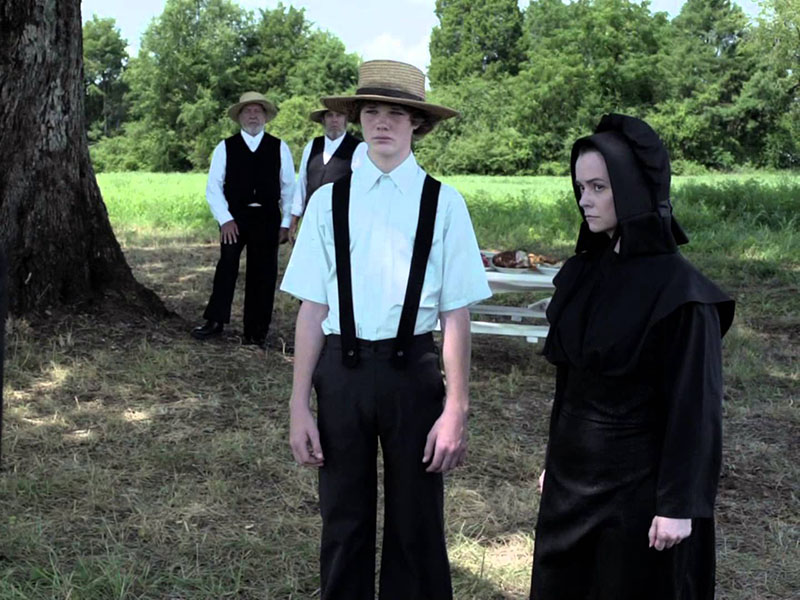The Amish are a fascinating and enigmatic group, known for their rejection of modern technology, adherence to traditional customs, and tight-knit communities. With their distinctive clothing, horse-drawn buggies, and focus on self-sufficiency, the Amish have captured the imaginations of many outsiders. However, there is much more to Amish culture than meets the eye.
From their emphasis on nonviolence and pacifism to their complex rules around dress and behavior, the Amish have a rich and unique culture that is often shrouded in mystery. In this article, we’ll take a closer look at 40 little-known and unusual beliefs, rituals, and customs of the Amish, as well as some of the controversies and criticisms that have been raised around this fascinating group.

The Practice Of Shunning – In Amish society, shunning is a form of social exclusion that is used to enforce community norms and maintain order. Shunning can occur for a variety of reasons but typically involves violations of the Ordnung (the Amish code of conduct) or refusing to repent for sins or wrongdoing. Shunning is a serious punishment in the Amish community and can have significant social and emotional consequences for the person being shunned. However, it is also seen as a necessary means of maintaining the community’s values and way of life.
Here are some of the ways someone in the Amish society can be shunned:
